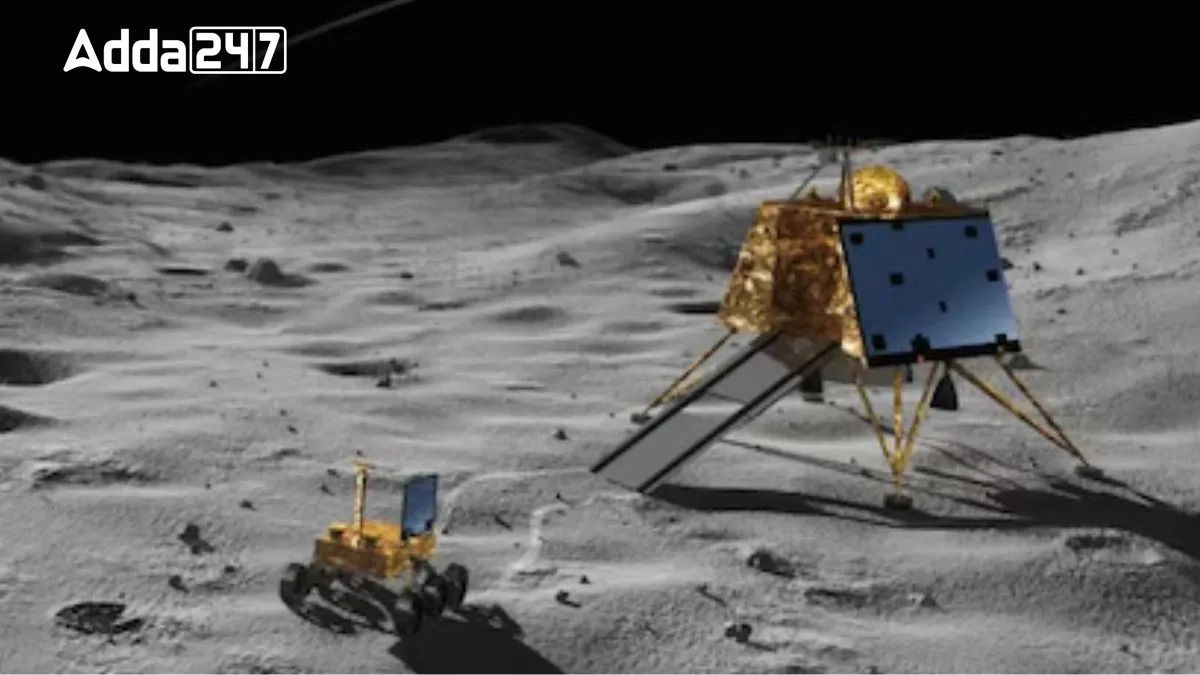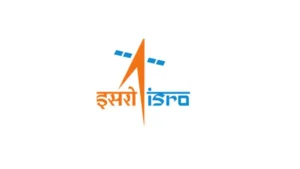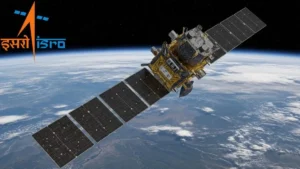India’s National Space Commission has officially approved the Lunar Polar Exploration Mission (Lupex), marking the country’s fifth lunar mission. This mission follows the successful landing of Chandrayaan-3 in August 2023, which made India the fourth nation to land on the Moon. Lupex is a collaborative endeavor between India’s ISRO and Japan’s JAXA, aimed at exploring the Moon’s resources, particularly water in its polar regions.
Objectives of Lupex
The primary goal of Lupex is to investigate the presence and distribution of water on the Moon, both on the surface and beneath the lunar regolith. The mission aims to gather crucial data about how water interacts with the Moon’s environment, which is vital for future lunar exploration and potential human habitation.
Mission Duration and Structure
Designed to operate for up to 100 days on the lunar surface, Lupex will utilize advanced tools for drilling and conducting on-site experiments in permanently shadowed areas. The mission will see Japan constructing the rover and rocket, while ISRO will develop the lander. The Lupex rover will weigh approximately 350 kg, significantly larger than the 26 kg Pragyan rover from Chandrayaan-3.
Future Implications
Lupex will play a critical role in shaping future lunar missions, including potential sample return missions and plans to send astronauts to the Moon by 2040. This mission underscores the growing partnership between India and Japan in space exploration and aims to enhance international cooperation in scientific research. As both nations advance their lunar capabilities, Lupex stands as a testament to their commitment to exploring and understanding the Moon more comprehensively.
Lunar Polar Exploration Mission (Lupex): Key Points
Mission Approval: The Lunar Polar Exploration Mission (Lupex) has been approved by India’s National Space Commission as the country’s fifth lunar mission.
Collaborative Effort: Lupex is a joint venture between India’s ISRO (Indian Space Research Organisation) and JAXA (Japan Aerospace Exploration Agency).
Mission Goals
- To explore and assess the presence of water and other resources on the Moon, particularly in the polar regions.
- To determine the quantity and distribution of water on the lunar surface and beneath the regolith (lunar soil).
Mission Duration: Lupex is designed to operate for up to 100 days on the Moon, significantly longer than previous missions like Chandrayaan-3.
Rover and Lander
- The Lupex rover will weigh approximately 350 kg, making it much larger than the 26 kg Pragyan rover from Chandrayaan-3.
- ISRO will build the lander, while JAXA will develop the rover and the rocket for the mission.
Exploration Focus: The mission will target permanently shadowed regions of the Moon, which are areas that never receive sunlight, using advanced tools for drilling and conducting in-situ experiments.
Scientific Instruments: The lander will be equipped with sophisticated scientific tools, including:
- Ground-penetrating radar
- Mid-infrared spectrometer
- Raman spectrometer
- PRATHIMA payload for lunar resource scouting
Future Implications: Lupex aims to facilitate future lunar missions, including sample return initiatives and plans for human landings on the Moon by 2040.
Significance of the Mission: The Lupex mission will enhance international cooperation in space research, advancing our understanding of the Moon and supporting the potential for a sustainable human presence on its surface.




 ISRO Launches RESPOND Basket 2025, Calls...
ISRO Launches RESPOND Basket 2025, Calls...
 LVM3-M6 Rocket Set to Launch on December...
LVM3-M6 Rocket Set to Launch on December...
 Michaela Benthaus to Make History as Fir...
Michaela Benthaus to Make History as Fir...







